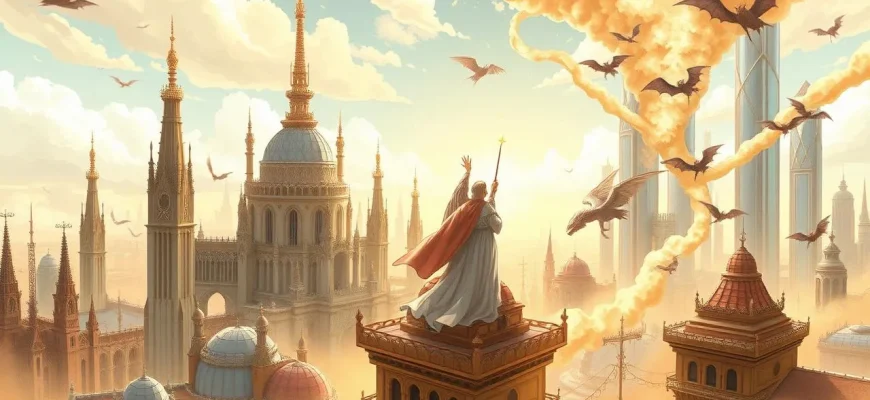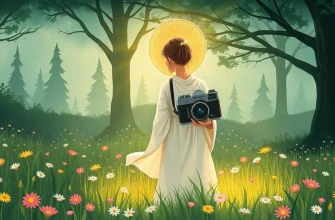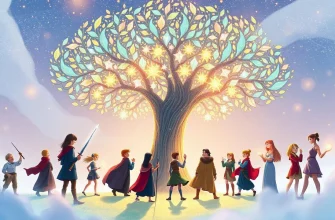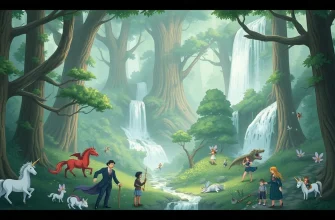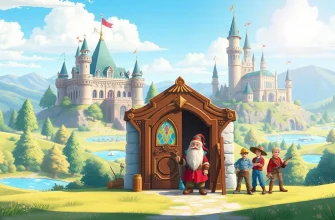- The NeverEnding Story (1984)
- The City of Lost Children (1995)
- The Lord of the Rings: The Fellowship of the Ring (2001)
- Harry Potter and the Philosopher's Stone (2001)
- The Chronicles of Narnia: The Lion, the Witch and the Wardrobe (2005)
- Pan's Labyrinth (2006)
- Inception (2010)
- The Dark Crystal (1982)
- The Fountain (2006)
- The Imaginarium of Doctor Parnassus (2009)
Imagine a world where architecture isn't just about bricks and mortar but a canvas for the fantastical. This curated list of films takes you on a journey through realms where architects wield magic, design impossible structures, and shape the very fabric of reality. Whether you're an architecture enthusiast or a fantasy lover, these films blend the two in ways that will leave you spellbound.
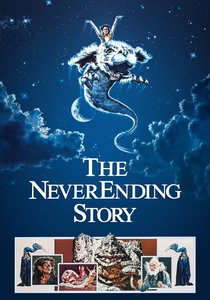
The NeverEnding Story (1984)
Description: The film features the fantastical world of Fantasia, where architecture is part of the living, breathing landscape, shaped by the imagination of its inhabitants.
Fact: The film was shot in Germany, with many of the sets built specifically for the movie.
 Watch Now
Watch Now
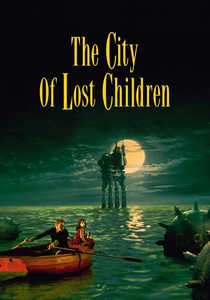
The City of Lost Children (1995)
Description: Set in a dystopian world, this film features a city built by a mad scientist, showcasing bizarre and imaginative architecture. The film's visual style is a testament to the power of architectural fantasy.
Fact: The film was co-directed by Jean-Pierre Jeunet and Marc Caro, known for their unique visual storytelling.
 Watch Now
Watch Now

The Lord of the Rings: The Fellowship of the Ring (2001)
Description: Middle-earth's architecture, from the elven city of Rivendell to the dark towers of Mordor, showcases the power of fantasy architecture in storytelling.
Fact: The film's sets were so extensive that they were considered a tourist attraction in New Zealand.
 Watch Now
Watch Now
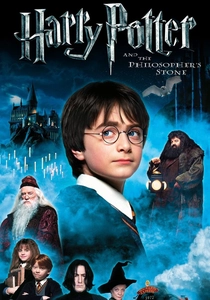
Harry Potter and the Philosopher's Stone (2001)
Description: Hogwarts School of Witchcraft and Wizardry is a masterpiece of magical architecture, with moving staircases, enchanted portraits, and hidden rooms that defy conventional design.
Fact: The film's sets were built at Leavesden Studios, which later became a permanent attraction for fans.
 Watch Now
Watch Now
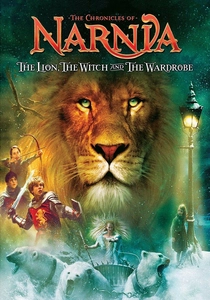
The Chronicles of Narnia: The Lion, the Witch and the Wardrobe (2005)
Description: Narnia itself is a world where architecture reflects the magical and mythical elements of its inhabitants, from the grand castle of Cair Paravel to the icy fortress of the White Witch.
Fact: The film was shot in New Zealand, utilizing the country's diverse landscapes to bring Narnia to life.
 Watch Now
Watch Now

Pan's Labyrinth (2006)
Description: While not directly about architects, the film's magical labyrinth and the underground palace are central to the story, showcasing a blend of dark fantasy and architectural wonder.
Fact: The film won three Academy Awards for its art direction, cinematography, and makeup.
 Watch Now
Watch Now
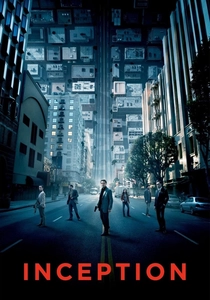
Inception (2010)
Description: While not explicitly about architecture, the film's dream worlds are constructed by architects who design the dreamscapes. The film delves into the subconscious, where architecture becomes a tool for manipulation and exploration.
Fact: The film's dream sequences were inspired by the works of surrealist artists like Salvador Dalí.
 Watch Now
Watch Now

The Dark Crystal (1982)
Description: In this Jim Henson classic, the world of Thra is filled with intricate and fantastical architecture, from the castle of the Skeksis to the underground dwellings of the Mystics.
Fact: The film used advanced puppetry techniques, with many of the creatures and environments built to scale.
 30 Days Free
30 Days Free
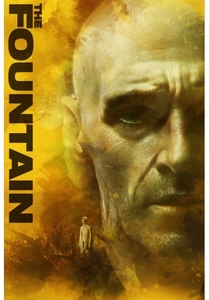
The Fountain (2006)
Description: A story that spans across time, featuring an architect who designs a tree of life, blending science fiction, fantasy, and romance. The film explores themes of creation, destruction, and the eternal quest for immortality.
Fact: The film was shot in three different time periods, each with its own distinct visual style.
 30 Days Free
30 Days Free
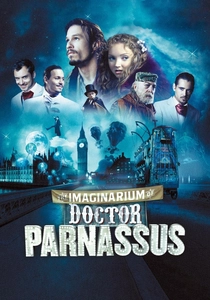
The Imaginarium of Doctor Parnassus (2009)
Description: This film follows a travelling theatre troupe led by Doctor Parnassus, who has the ability to transport people into a magical world through a mirror. The architect's role is subtly woven into the narrative as the troupe's set designs and the fantastical landscapes they create.
Fact: Heath Ledger's final film, with his role completed by Johnny Depp, Jude Law, and Colin Farrell after his untimely death.
 30 Days Free
30 Days Free

